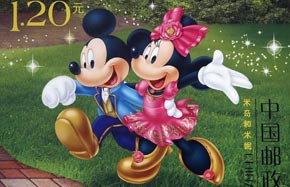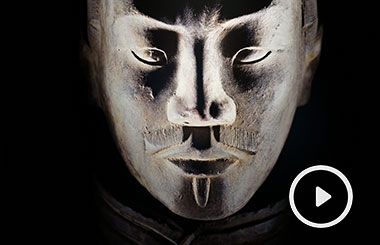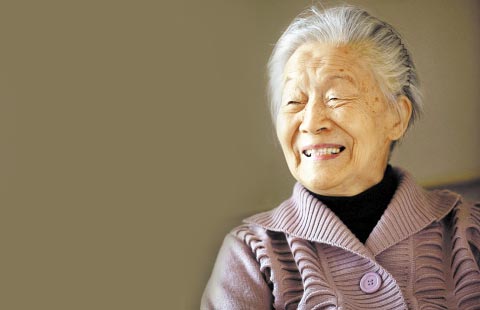When roots beckon
By Deng Zhangyu ( China Daily ) Updated: 2016-06-07 08:02:14
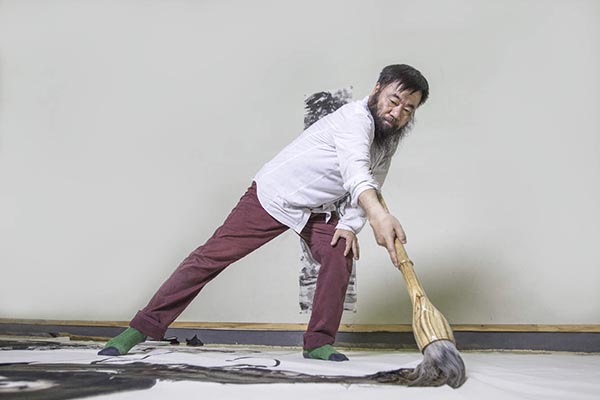 |
|
Li Jin has experimented with ink painting over the past few decades. He has started to employ massive brushstrokes in his creations. His solo show, titled Being, in Beijing displays his latest ink paintings. [Photo provided to China Daily] |
"My basket has become a personal brand or logo of me. Without it, I'm not Li Jin," says the 58-year-old at Beijing's Ink Studio, where his latest show, Being, is underway.
The art professor at the Tianjin Academy of Fine Arts also takes the basket to the market to buy meat, vegetables, fish and shrimp.
For nearly 30 years, Li has carried the ink brushes he uses in his basket.
Earlier in life, his passion for food made him depend a lot on his basket. Later it inspired his paintings.
Li has gained recognition with shows held at galleries and museums in and outside China. His works sell for millions of yuan a piece at auctions.
 |
|
Li Jin has experimented with ink painting over the past few decades. He has started to employ massive brushstrokes in his creations. His solo show, titled Being, in Beijing displays his latest ink paintings. [Photo provided to China Daily] |
But for his latest show, the colorful food inside Li's basket has become black-and-white on rice paper-the original colors of Chinese ink-and-water painting.
Li has drawn cabbages, meat, fish, men and women, and self portraits in the traditional style.
"They do have colors since ink has long been said to have five colors. They are shades of ink," says Li.
He says he wants to open the next chapter of his career by going deep into his spiritual world after having lived and recorded a colorful life for years.
Li enjoys entertaining friends with delicious food at home. He calls each day a "festival", full of friends, food, alcohol, laughter and conversations.
This is reflected in his series, Eat, Drink, Men and Women and another, titled Feast. Long scrolls of his paintings are full of various foods and people.
"I used to be afraid of being alone. After years of experience, I reached a point where I had to be brave enough to look inside to find myself," Li says.
 |
|
Li Jin has experimented with ink painting over the past few decades. He has started to employ massive brushstrokes in his creations. His solo show, titled Being, in Beijing displays his latest ink paintings. [Photo provided to China Daily] |
In recent years, Li has formed the habit of spending a few days alone in the mountains, where he can escape city life and explore his "inner world".
Reflecting that change in his life, his paintings have moved from colored ink to monochromatic ink.
Li sees the change both as a challenge and a new stage in his career since most masterpieces of Chinese painting often reflect the artists' spiritual worlds.
He has also started to employ massive brushstrokes on rice paper. The biggest brushes can weigh 8 kilograms after soaking in water and ink. He now paints big scrolls with simple strokes to show the original Chinese technique.
Britta Erickson, curator of Li's show and his longtime friend, says having been a master of all things to do with color, the painter seems to be empowered to work with shades of ink.
"He is coming to understand how the whole world (is) connected in a more profound and deeper (way)," says Erickson, who has studied Chinese traditional painting for decades.
She says traditional Chinese painting masters often made big accomplishments on turning 50. They often had to practice for years to learn techniques of freely using ink and water.
Li has reached a similar level.
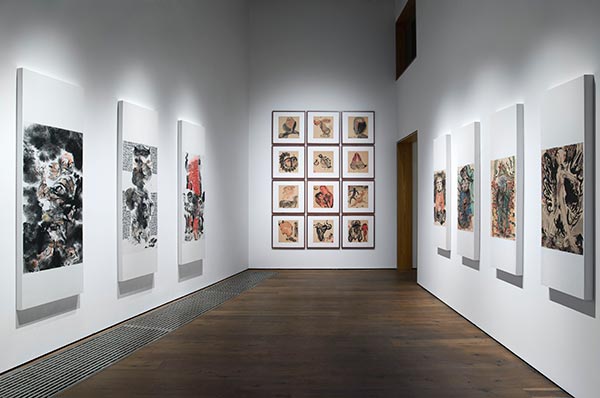 |
|
Li Jin has experimented with ink painting over the past few decades. He has started to employ massive brushstrokes in his creations. His solo show, titled Being, in Beijing displays his latest ink paintings. [Photo provided to China Daily] |
Just like the show's name, Being, Li says he is following his heart to return to the point when he began painting in the Tibet autonomous region in the 1990s. His style today bears some resemblance to the works he did then.
After graduating from the Chinese painting department of the Tianjin Academy of Fine Arts in 1984, he spent a year in Tibet.
He went back to Tibet twice in the '90s and spent two years there. It's a place he says he felt "purity and calmness".
Some of his early paintings produced in Tibet are also on display at the Beijing show.
For years, art collectors have searched for their favorite items of food in Li's works. Now, it's perhaps time for him to go deeper instead of staying on the surface of "food and color".
Related:
|
|
|
|
|
|
|
|


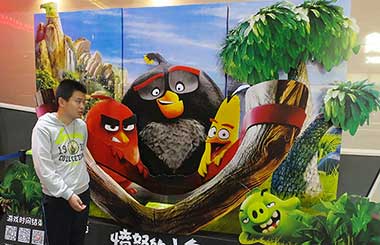
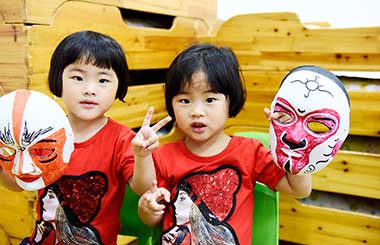
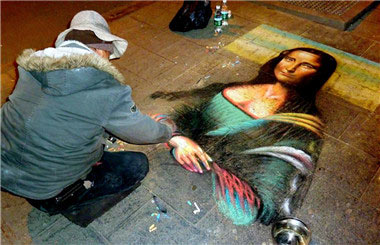
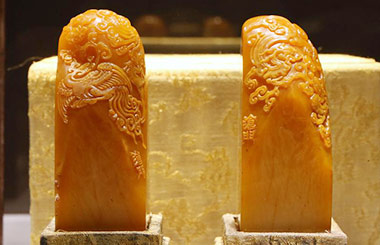


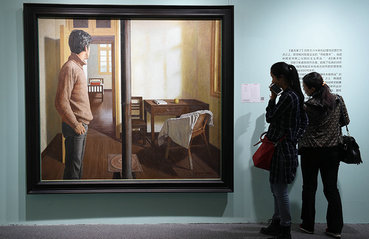
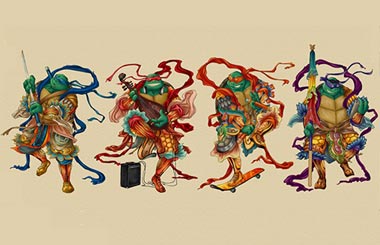

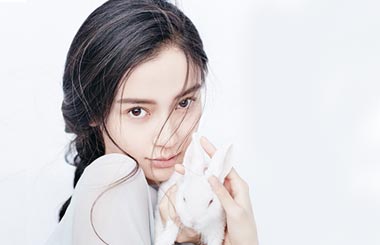

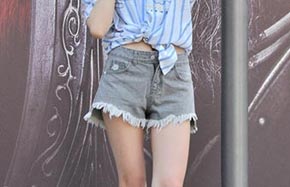
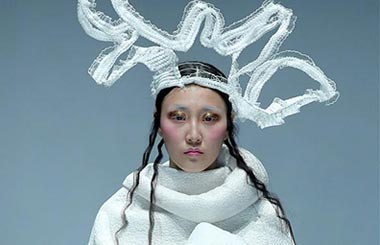
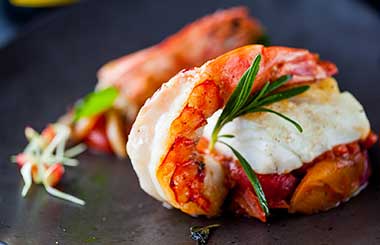




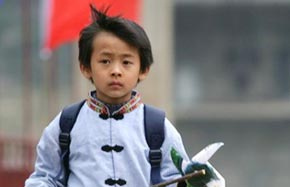

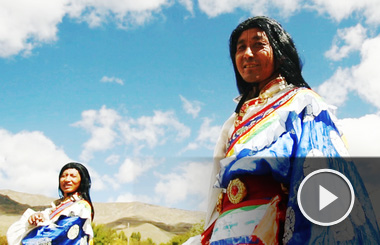
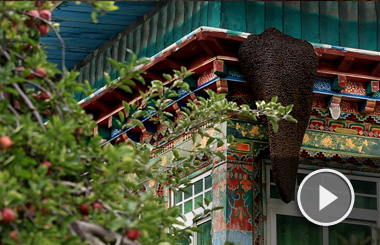
 Raymond Zhou:
Raymond Zhou: Pauline D Loh:
Pauline D Loh: Hot Pot
Hot Pot Eco China
Eco China China Dream
China Dream China Face
China Face

